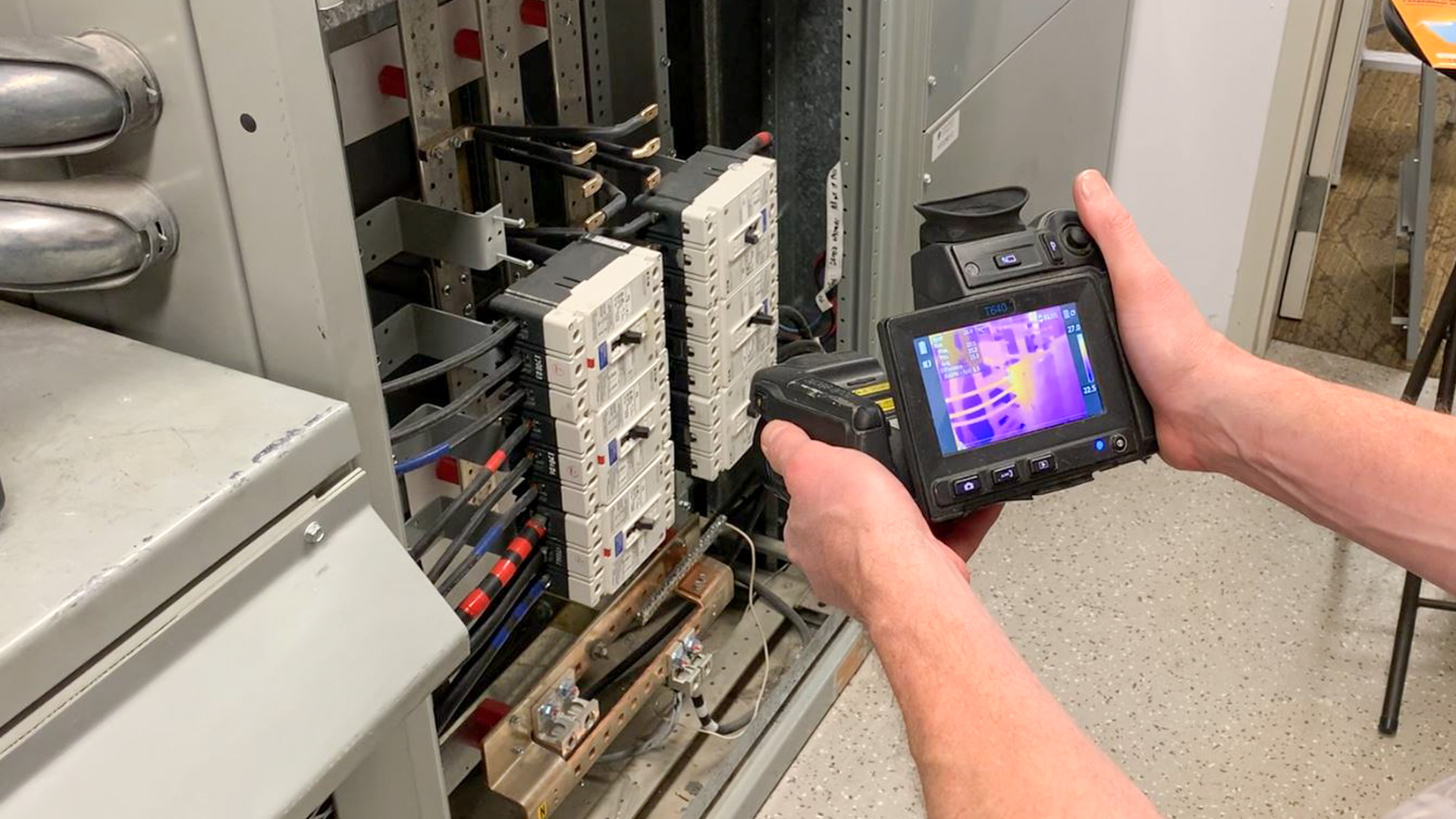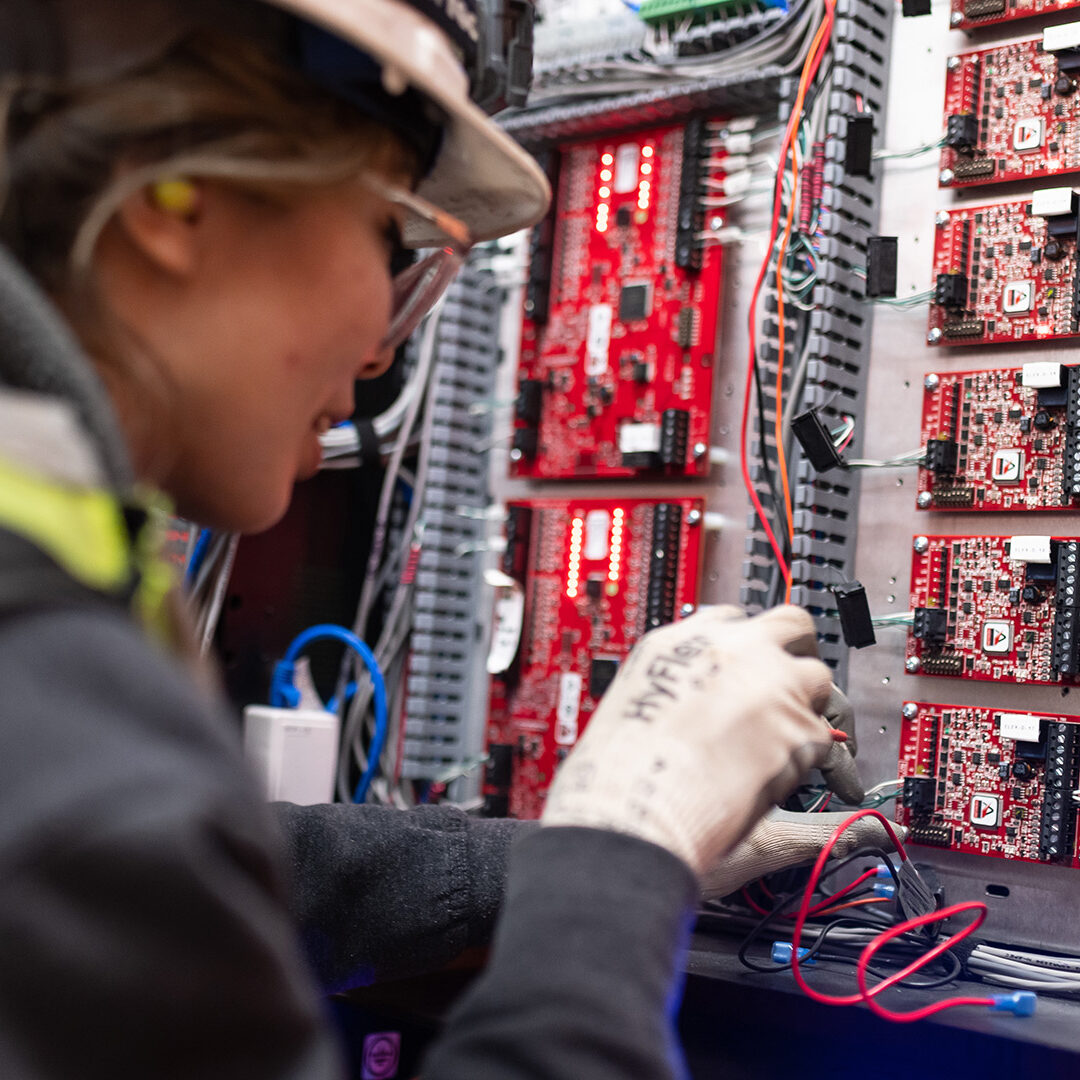What is preventative maintenance?
Preventative maintenance is a proactive approach to managing your building’s electrical systems. It focuses on identifying and resolving issues before they lead to costly failures or unplanned outages. From a property manager perspective, this can mean the difference between a minor $500 fix and a major $10,000 emergency repair.
Houle’s licensed electricians can help you plan and perform a successful electrical preventative maintenance program:
• Electrical Operating Permit Setup & Support
We can help you apply for your electrical operating permit, ensuring compliance with Technical Safety BC or your local municipality. This is a legal requirement for many commercial, institutional, and industrial buildings in BC.
Learn more and get started today.
• Infrared Scanning/thermal imaging
Using advanced infrared cameras, we can detect abnormal heating in electrical components, often invisible to the naked eye. This allows us to catch issues like loose connections, overloaded circuits, or failing breakers before they cause damage.
Visit here to see how infrared scanning reveals hidden risks in your electrical systems.
• Electrical distribution maintenance
We maintain the electrical distribution systems that deliver power from the utility to your building. This includes servicing switchgear, transformers, circuit breakers, protection relays, low-voltage equipment, and electrical panels. These are the typical electrical distribution components that keep your facility running safely and efficiently.
Click here to learn more about essential electrical maintenance requirements for facilities.
• Shutdown planning
For high-voltage systems, scheduled shutdowns are required for safe maintenance. Houle coordinates after-hours shutdowns to minimize disruption to tenants, staff, and operations. We simulate power loss scenarios to ensure your systems are resilient and compliant.
• Power Quality audits
We analyze your building’s power quality and provide easy-to-understand reports that meet insurance and regulatory requirements. These audits help identify inefficiencies, harmonics, and voltage irregularities that could affect equipment performance.


